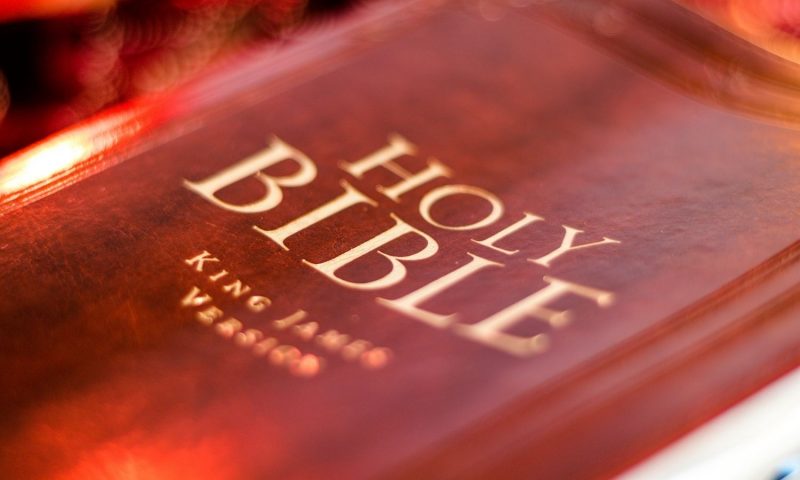Make a New Year’s resolution to revisit some of the great written works of the 1600s, from Don Quixote to the King James Bible, with this guide.
Need some help bulking up your bookshelf this holiday season? Start with the classics of the Early Modern era—roughly speaking, the 1600s and 1700s. This era is when English literature truly came into its own as something that would be recognizable to contemporary readers, and the classics of 17th-century literature have shaped the way we read, write, and think to this day. You’ll find that many of these editions are attractive, but these hefty tomes won’t just look good on your shelf. They’ll make you part of a long tradition of readers and help you grow as a person.
The King James Bible
Though the books of the Bible date back thousands of years, it was not until 1611 that James VI convened his best and brightest to write what would be the canonical English translation of the Christian scripture. In the four centuries following its release, there have been scores of alternative translations in English alone, with some even attempting to write the Bible in 21st-century vernacular for maximum accessibility. But for sheer beauty of prose and influence on the English language as we know it, there’s no substitute for the original.
Don Quixote
Though originally written in Spanish, Cervantes’ picaresque masterpiece has been translated into almost every language imaginable. The book, originally published in two parts, defined the form of the novel as we have come to know it. You may recognize the word “quixotic” from your word-of-the-day calendar, but the most enduring legacy of the man of La Mancha may be the phrase “tilting at windmills,” meaning fighting imaginary or futile battles. But after all, as Don Quixote said, they might be giants.
Paradise Lost
An epic poem five years in the making, John Milton did not let his blindness impede him from writing the tale of man’s fall from grace. For the inspiration it served as for the Romantics who followed Milton, it is one of the most influential works of the 17th century.
Leviathan
Thomas Hobbes published this treatise on the ideal forms of government and organization of society in 1651. Though Hobbes argued for monarchy over democracy, his ideas regarding the obligations that lie between government and its people have nonetheless continued to inform political scientists across the English-speaking world and beyond.
Shakespeare’s First Folio
Published in 1623, thirty-six of the Bard’s comedies, tragedies, and histories make up this cornerstone of the English-language canon. If you couldn’t appreciate Hamlet, Macbeth, and Romeo & Juliet when you read them in high school, now’s your chance to revisit them. If you’ve never read his slightly lesser-known works, such as Othello and King Lear, you’ll find those here as well. The first folio, simply put, is among the classics of 17th-century literature—and an essential part of any reader’s library.
